Hyundai IONIQ 5 vs Mazda 2 Hybrid – Which model is better for everyday use?
Everyday use, family trips or long-distance drives – here’s where the differences show.
Discover whether Hyundai IONIQ 5 or Mazda 2 Hybrid fits your lifestyle better.
Costs and Efficiency:
Price and efficiency are often the first things buyers look at. Here it becomes clear which model has the long-term edge – whether at the pump, the plug, or in purchase price.
Mazda 2 Hybrid has a clearly advantage in terms of price – it starts at 21400 £, while the Hyundai IONIQ 5 costs 38500 £. That’s a price difference of around 17065 £.
Engine and Performance:
Power, torque and acceleration are the classic benchmarks for car enthusiasts – and here, some clear differences start to show.
When it comes to engine power, the Hyundai IONIQ 5 has a decisively edge – offering 650 HP compared to 116 HP. That’s roughly 534 HP more horsepower.
In acceleration from 0 to 100 km/h, the Hyundai IONIQ 5 is convincingly quicker – completing the sprint in 3.50 s, while the Mazda 2 Hybrid takes 9.70 s. That’s about 6.20 s faster.
In terms of top speed, the Hyundai IONIQ 5 performs noticeable better – reaching 260 km/h, while the Mazda 2 Hybrid tops out at 175 km/h. The difference is around 85 km/h.
Space and Everyday Use:
Whether family car or daily driver – which one offers more room, flexibility and comfort?
Both vehicles offer seating for 5 people.
In curb weight, Mazda 2 Hybrid is clearly lighter – 1180 kg compared to 1955 kg. The difference is around 775 kg.
In terms of boot space, the Hyundai IONIQ 5 offers convincingly more room – 520 L compared to 286 L. That’s a difference of about 234 L.
In maximum load capacity, the Hyundai IONIQ 5 performs clearly better – up to 1580 L, which is about 645 L more than the Mazda 2 Hybrid.
When it comes to payload, Hyundai IONIQ 5 slightly takes the win – 530 kg compared to 435 kg. That’s a difference of about 95 kg.
Who wins the race?
The Hyundai IONIQ 5 proves to be dominates this comparison and therefore becomes our DriveDuel Champion!
Hyundai IONIQ 5 is the better all-rounder in this comparison.
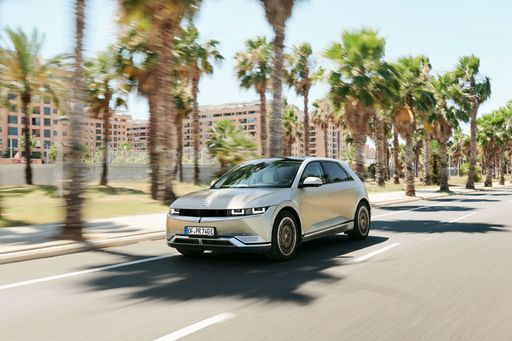
Hyundai IONIQ 5
Hyundai IONIQ 5
The Hyundai IONIQ 5 showcases a bold and futuristic design that captures attention with its striking facade and sharp lines. This electric vehicle offers an impressive blend of performance and efficiency, making it a compelling choice for environmentally conscious drivers. Inside, the spacious and tech-forward interior provides a comfortable and engaging driving experience for both driver and passengers.
details @ hyundai.news
@ hyundai.news
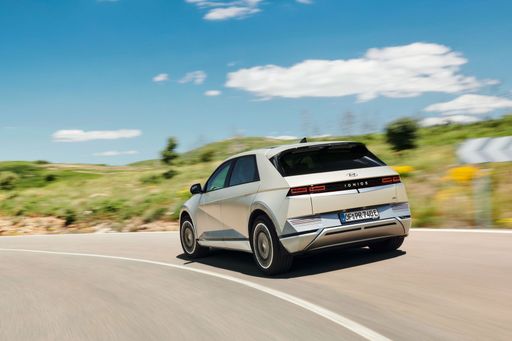 @ hyundai.news
@ hyundai.news
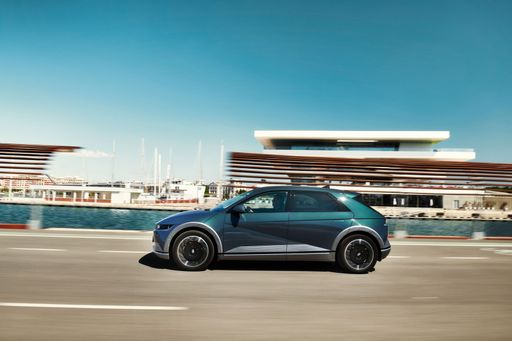 @ hyundai.news
@ hyundai.news
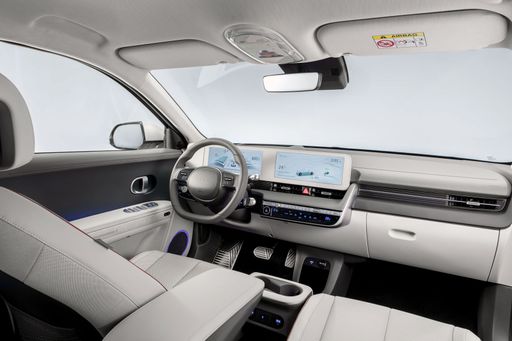 @ hyundai.news
@ hyundai.news
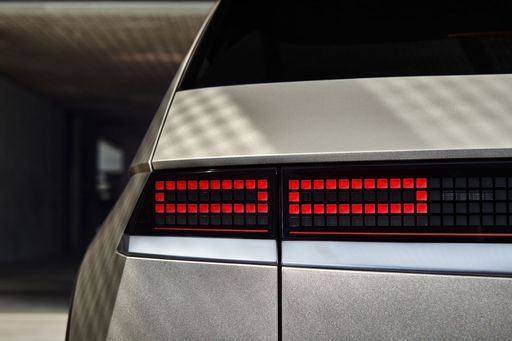 @ hyundai.news
@ hyundai.news
Mazda 2 Hybrid
The Mazda 2 Hybrid impresses with its sleek design and advanced hybrid technology, making it a strong contender in the compact car category. It offers a refined driving experience with smooth transitions between electric and petrol power, ensuring both efficiency and performance. Inside, the cabin is thoughtfully designed, providing comfort and intuitive controls for a modern driving experience.
details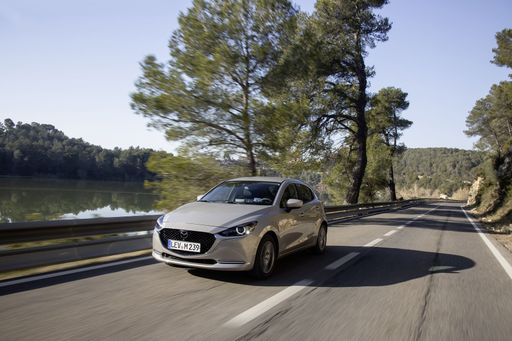 @ de.mazda-press.com
@ de.mazda-press.com
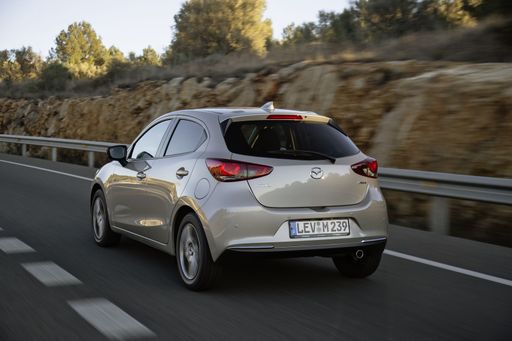 @ de.mazda-press.com
@ de.mazda-press.com
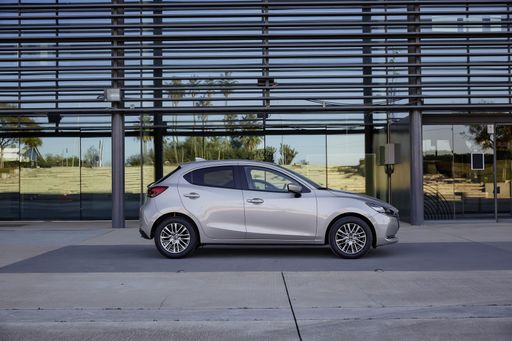 @ de.mazda-press.com
@ de.mazda-press.com
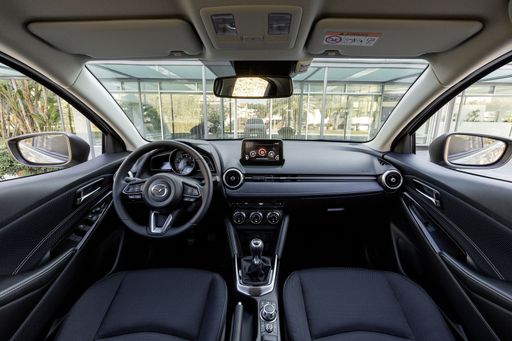 @ de.mazda-press.com
@ de.mazda-press.com
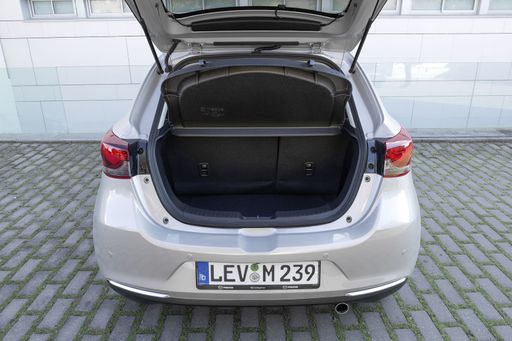 @ de.mazda-press.com
@ de.mazda-press.com

|

|
|
|
|
Costs and Consumption |
|
|---|---|
|
Price
38500 - 64200 £
|
Price
21400 - 28200 £
|
|
Consumption L/100km
-
|
Consumption L/100km
3.8 - 4 L
|
|
Consumption kWh/100km
15.6 - 21.2 kWh
|
Consumption kWh/100km
-
|
|
Electric Range
440 - 570 km
|
Electric Range
-
|
|
Battery Capacity
63 - 84 kWh
|
Battery Capacity
-
|
|
co2
0 g/km
|
co2
87 - 93 g/km
|
|
Fuel tank capacity
-
|
Fuel tank capacity
36 L
|
Dimensions and Body |
|
|---|---|
|
Body Type
SUV
|
Body Type
Hatchback
|
|
Seats
5
|
Seats
5
|
|
Doors
5
|
Doors
5
|
|
Curb weight
1955 - 2275 kg
|
Curb weight
1180 kg
|
|
Trunk capacity
480 - 520 L
|
Trunk capacity
286 L
|
|
Length
4655 - 4715 mm
|
Length
3940 mm
|
|
Width
1890 - 1940 mm
|
Width
1745 mm
|
|
Height
1585 - 1605 mm
|
Height
1505 mm
|
|
Max trunk capacity
1540 - 1580 L
|
Max trunk capacity
935 L
|
|
Payload
385 - 530 kg
|
Payload
435 kg
|
Engine and Performance |
|
|---|---|
|
Engine Type
Electric
|
Engine Type
Full Hybrid
|
|
Transmission
Automatic
|
Transmission
Automatic
|
|
Transmission Detail
Reduction Gearbox
|
Transmission Detail
CVT
|
|
Drive Type
Rear-Wheel Drive, All-Wheel Drive
|
Drive Type
Front-Wheel Drive
|
|
Power HP
170 - 650 HP
|
Power HP
116 HP
|
|
Acceleration 0-100km/h
3.5 - 8.5 s
|
Acceleration 0-100km/h
9.70 s
|
|
Max Speed
185 - 260 km/h
|
Max Speed
175 km/h
|
|
Torque
350 - 770 Nm
|
Torque
-
|
|
Number of Cylinders
-
|
Number of Cylinders
3
|
|
Power kW
125 - 478 kW
|
Power kW
85 kW
|
|
Engine capacity
-
|
Engine capacity
1490 cm3
|
General |
|
|---|---|
|
Model Year
2024
|
Model Year
2025
|
|
CO2 Efficiency Class
A
|
CO2 Efficiency Class
B
|
|
Brand
Hyundai
|
Brand
Mazda
|
What drive types are available for the Hyundai IONIQ 5?
The Hyundai IONIQ 5 is available as Rear-Wheel Drive or All-Wheel Drive.
The prices and data displayed are estimates based on German list prices and may vary by country. This information is not legally binding.
